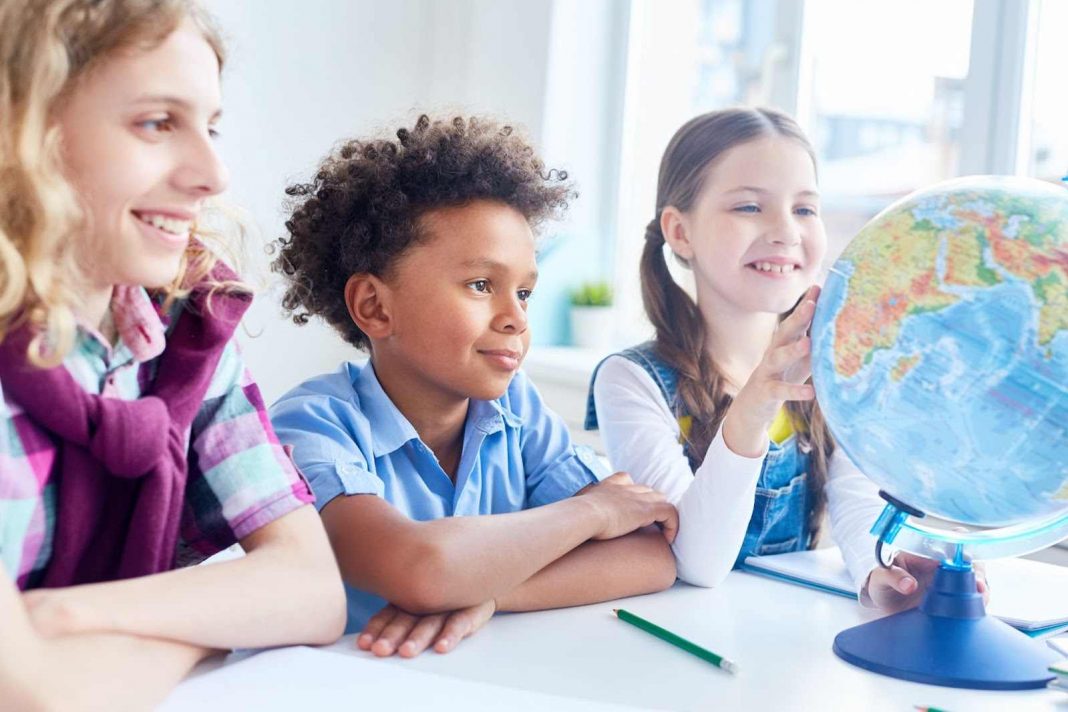Have you ever wondered how we can prepare our children for a world that’s rich in cultural diversity? Multicultural education is the answer. It’s an approach in the world of education that embraces the diversity in our classrooms, incorporating the various cultural backgrounds of students into their learning journey. This method is more than just a collection of lessons on different cultures; it’s a commitment to creating a learning environment where every student’s culture and identity are not only acknowledged but celebrated.
Math & ELA | PreK To Grade 5
Kids see fun.
You see real learning outcomes.
Watch your kids fall in love with math & reading through our scientifically designed curriculum.
Parents, try for free Teachers, use for free
In this blog, we delve deep into the essence of multicultural education. We explore its necessity in our current educational framework, examine its various forms within classroom settings, and offer practical strategies for educators to weave this approach into their teaching fabric.
Related Reading: Types of Educational Philosophies for Teachers
What is Multicultural Education?
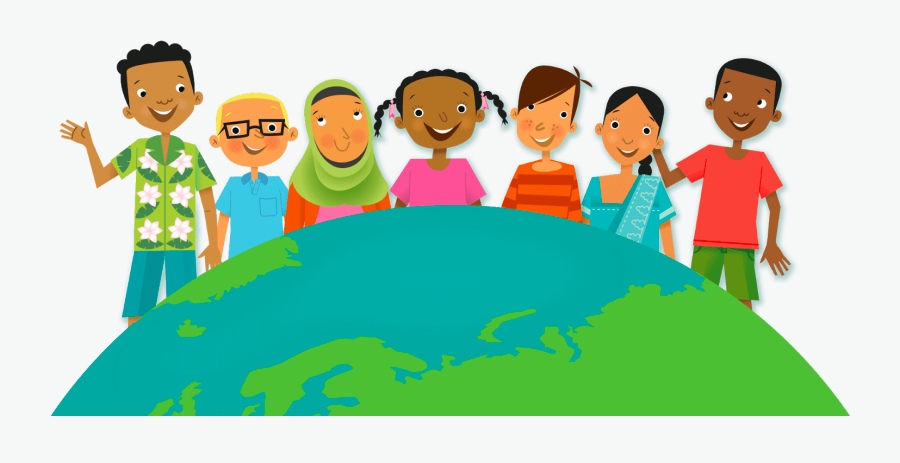
Multicultural education is a way of teaching that values diversity. It’s about understanding, respecting, and including different cultural perspectives in the classroom. This approach goes beyond just learning about different cultures; it’s about seeing every student’s background as a valuable part of their education.
The main goals of multicultural education are:
- Fostering Cultural Competence: Helping students understand and appreciate different cultures.
- Promoting Academic Success: Ensuring that students from all backgrounds have the support they need to do well in school.
- Developing Critical Thinking: Encouraging students to think critically about their own cultural assumptions and biases.
- Building a Sense of Respect and Empathy: Teaching students to respect and empathize with people from different cultural backgrounds.
Related Reading: How To Teach Social Skills To Kids
Why is Multicultural Education Important
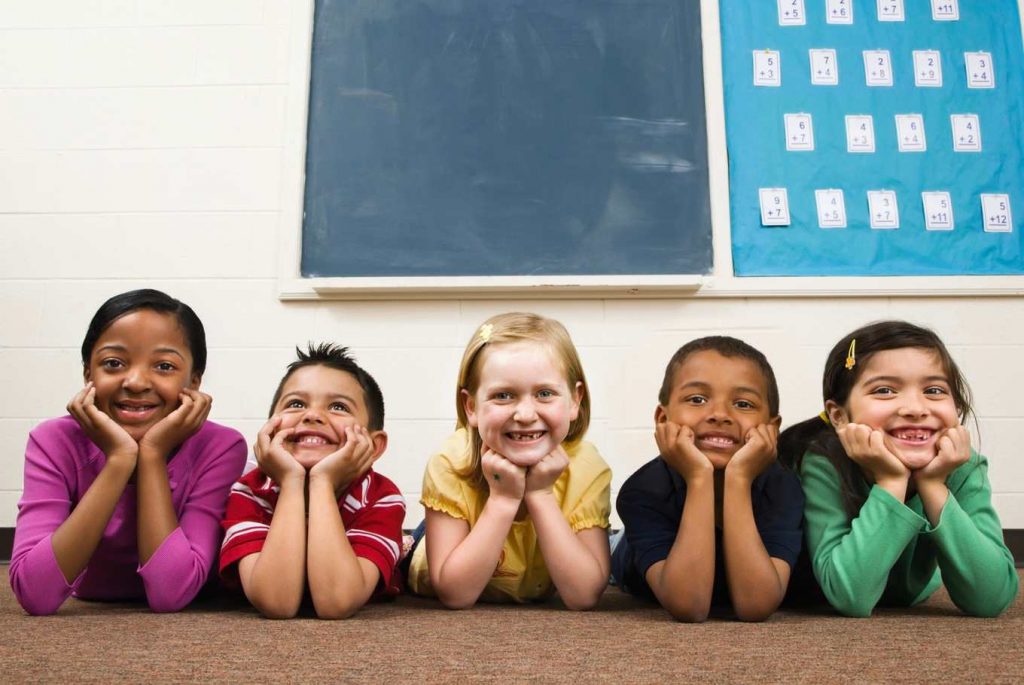
Importance of Diversity and Inclusion in Education
- In a multicultural classroom, diversity is a key learning tool.
- Exposure to different cultures and viewpoints broadens understanding.
- Prepares students for diverse work environments and communities.
Benefits for Students in a Globalized World
- Multicultural curriculum make education engaging and relevant.
- Develop adaptability and empathy through exposure to various cultures.
- Enhances communication and collaboration skills for a globalized world.
Role in Promoting Equality and Reducing Prejudice
- A multicultural approach fosters respect and appreciation for diversity.
- Helps break down stereotypes and biases.
- Encourages students to challenge discrimination and advocate for justice.
In summary, the importance of multicultural education lies in its ability to enrich the educational experience, prepare students for global challenges, and foster a more equitable and understanding society.
Related Reading: Best Benefits of Culturally Responsive Teaching
6 Types of Cultural Diversity in the Classroom
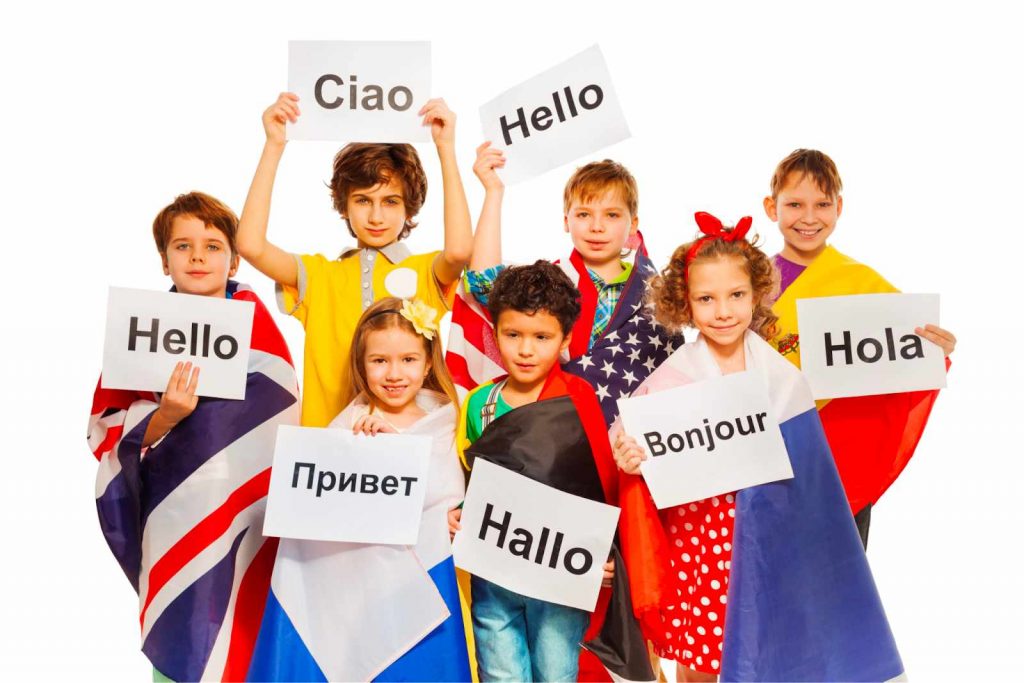
1. Content Integration
- Integrating multiculturalism in education by including diverse perspectives and content in the curriculum.
- Ensuring that teaching materials reflect a wide range of cultures and viewpoints.
2. Knowledge Construction
- Helping students understand how knowledge is shaped by cultural biases.
- Encouraging critical thinking about how different cultures contribute to our understanding of the world.
3. Prejudice Reduction
- Implementing strategies in multiculturalism in schools to address and change racial and ethnic attitudes.
- Promoting awareness and understanding to combat stereotypes and prejudices.
4. Equity Pedagogy
- Using teaching methods that support the academic success of students from diverse groups.
- Tailoring educational practices to accommodate different learning styles and cultural backgrounds.
5. Empowering School Culture
- Creating a school environment that mirrors multiculturalism in the classroom, emphasizing diversity, equity, and respect.
- Making sure that all students feel valued and included in the school community.
6. Intergroup Relations
- Organizing activities and programs that encourage positive interactions among students from various cultural groups.
- Fostering an environment where students can learn from and appreciate each other’s differences.
Each of these types plays a crucial role in incorporating cultural diversity into education, helping to create a more inclusive and understanding learning environment for all students.
10 Tips for Incorporating Multicultural Education in the Classroom
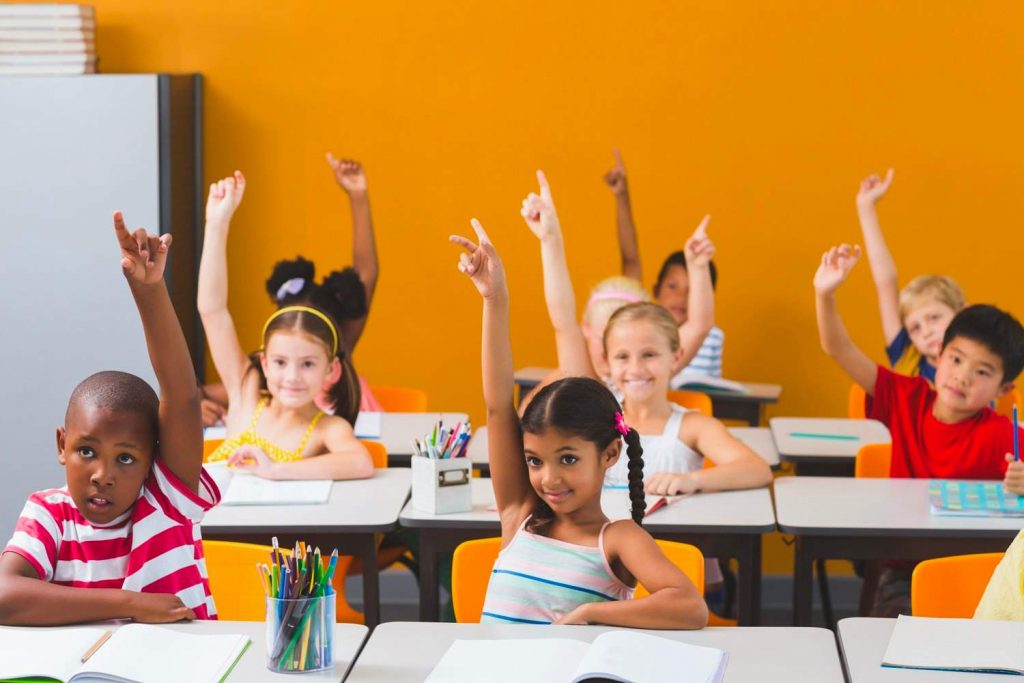
1. Celebrate Various Cultural Festivals
- As a multicultural teacher, encourage students to share and learn about different cultural festivals.
- Organize classroom activities or projects that highlight various cultural celebrations, enhancing understanding and appreciation.
2. Use Multicultural Books and Resources
- Include a variety of books and materials in your multicultural teaching that represent diverse cultures.
- Ensure that the classroom library and teaching resources reflect the richness of different cultural narratives and perspectives.
3. Encourage Multilingualism
- Promote the use of different languages in the classroom, respecting the linguistic diversity of students.
- Incorporate language learning activities that celebrate multilingualism, helping students appreciate the value of different languages.
4. Diverse Role Models
- Present role models from a variety of cultural backgrounds in teaching materials and discussions.
- Highlight the achievements and contributions of individuals from different cultures to provide students with a broad range of inspirations.
5. Cultural Exchange Activities
- Organize events and activities where students can share and learn about each other’s cultural backgrounds.
- These can include cultural fairs, international food days, or storytelling sessions, fostering a sense of community and understanding.
6. Discuss Current Global Events
- Use current events as a dynamic tool to help students understand and respect different perspectives around the world.
- Encourage discussions and projects that connect students to global issues, enhancing their awareness and empathy.
7. Inclusive Curriculum Design
- Ensure that the curriculum reflects a wide range of diverse cultures and histories.
- Integrate multicultural content across different subjects, not just in social studies or history, to provide a more comprehensive view of the world.
8. Parental Involvement
- Engage parents from various cultural backgrounds in school activities and decision-making processes.
- Involve them in cultural events and discussions, enhancing the multicultural learning experience for both students and their families.
9. Professional Development for Teachers
- Encourage and provide opportunities for teachers to undergo training in multicultural education.
- Such professional development helps educators effectively implement multicultural learning strategies in their teaching.
10. Promote Critical Thinking
- Help students critically analyze biases and stereotypes often found in media and textbooks.
- Encourage open discussions and activities that challenge these notions, promoting a more informed and unbiased understanding of different cultures.
Implementing these strategies helps in creating a more inclusive and culturally aware educational environment, essential for the development of empathetic and globally aware individuals.
Conclusion
In conclusion, embracing multicultural education is not just about diversifying the classroom; it’s about equipping our students with the tools to navigate and appreciate the complexities of our world. Remember, every small step towards incorporating these multicultural practices makes a significant impact. Start where you are, use what you have, and do what you can to foster an environment of understanding, respect, and global awareness.
Related Reading: Types of Education for Kids: Formal, Informal & Non-formal
Frequently Asked Questions (FAQs)
What are the levels of multicultural education?
Multicultural education typically operates on several levels: the individual level, where personal attitudes and values are addressed; the classroom level, which involves curriculum content and teaching methods; and the institutional level, where school policies and culture reflect diversity and inclusion.
How does multicultural education benefit teachers?
Multicultural education enriches teachers’ professional development by broadening their cultural awareness and teaching skills. It enables them to effectively address the diverse needs of their students, fosters a more inclusive classroom environment, and enhances their ability to teach about global issues and perspectives.
Can multicultural education help in reducing school bullying and discrimination?
Yes, multicultural education can play a significant role in reducing bullying and discrimination in schools. By fostering an environment of respect and understanding for different cultures, students learn to appreciate diversity and are less likely to engage in discriminatory or bullying behaviors.

















